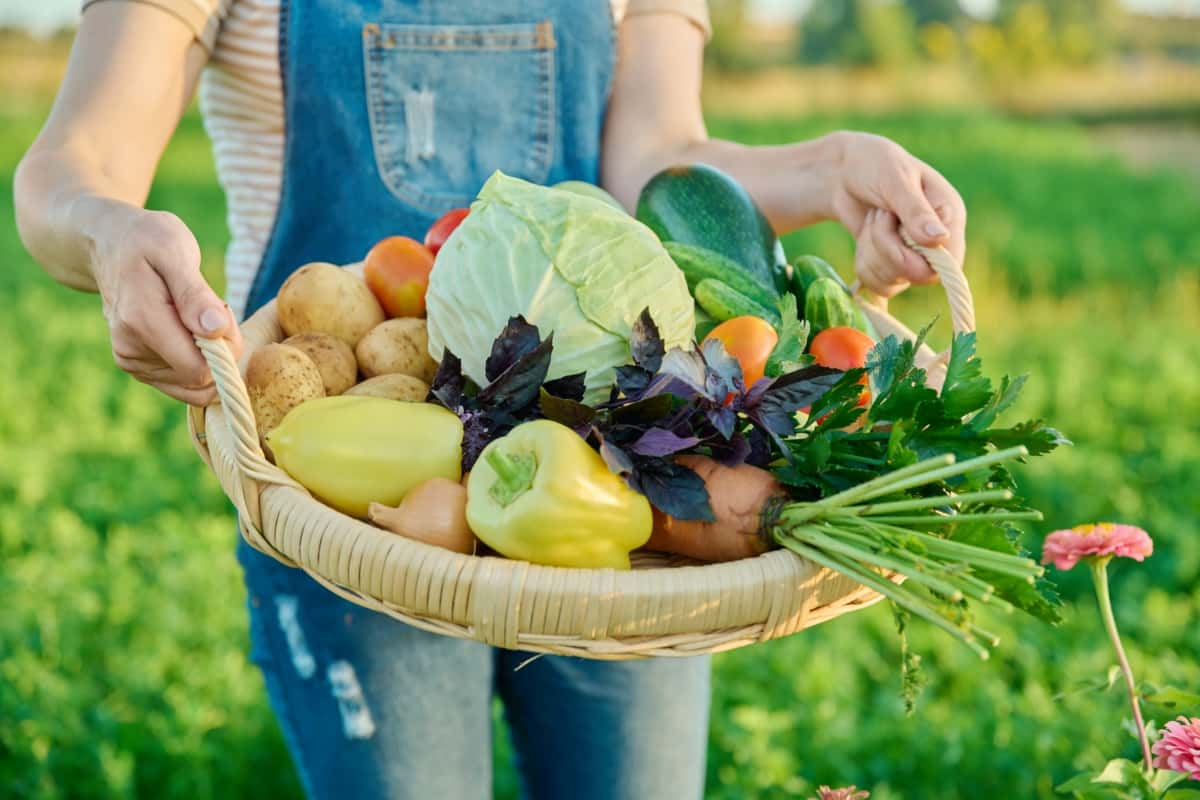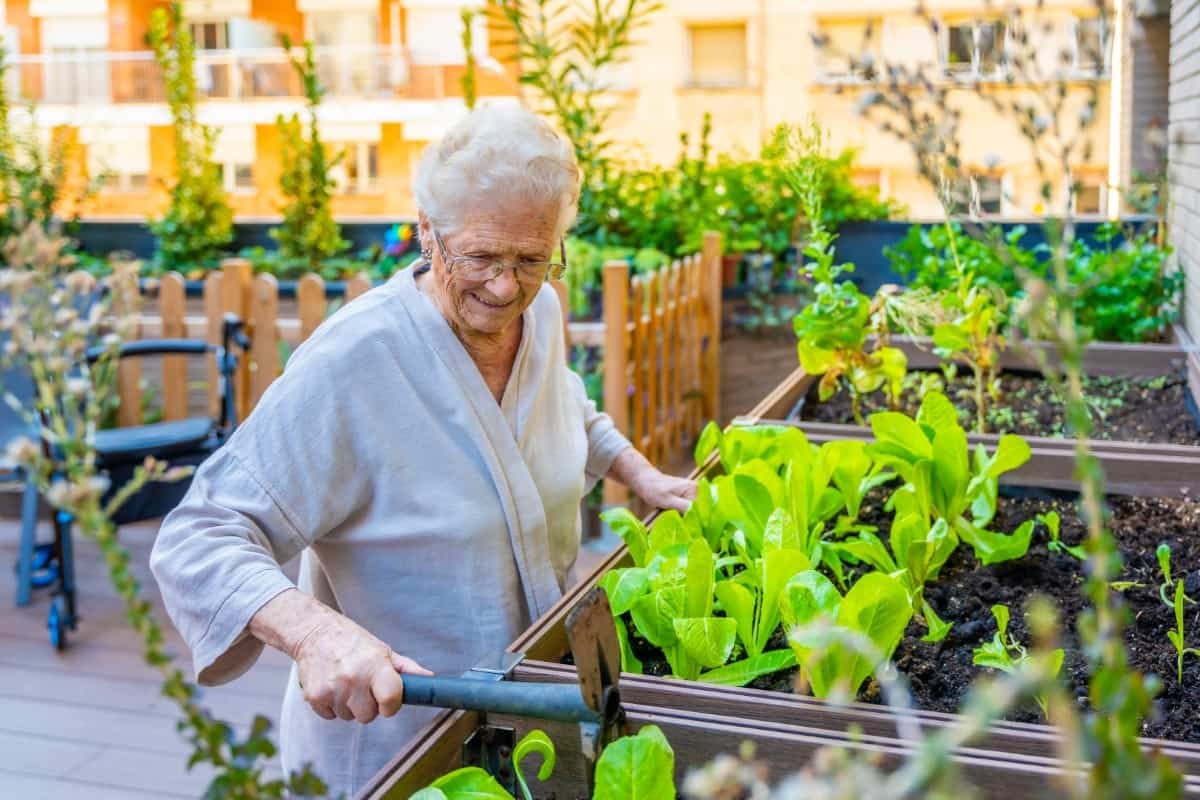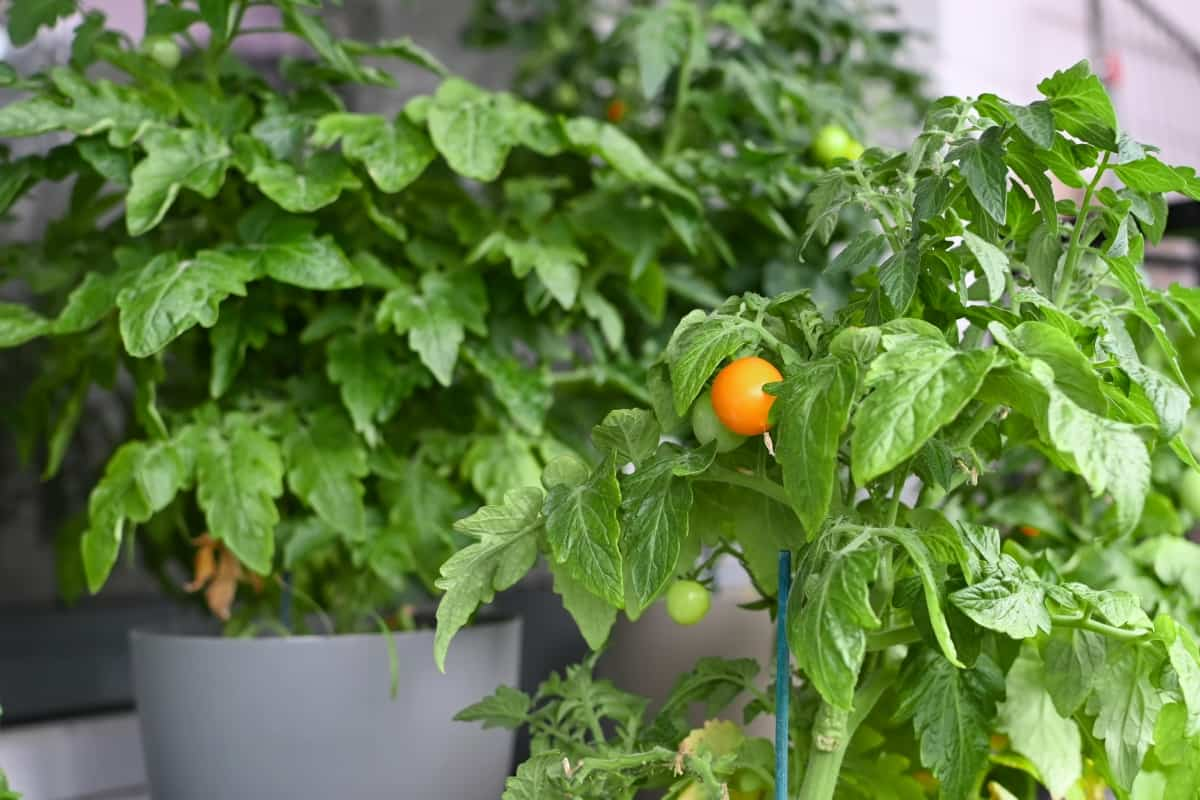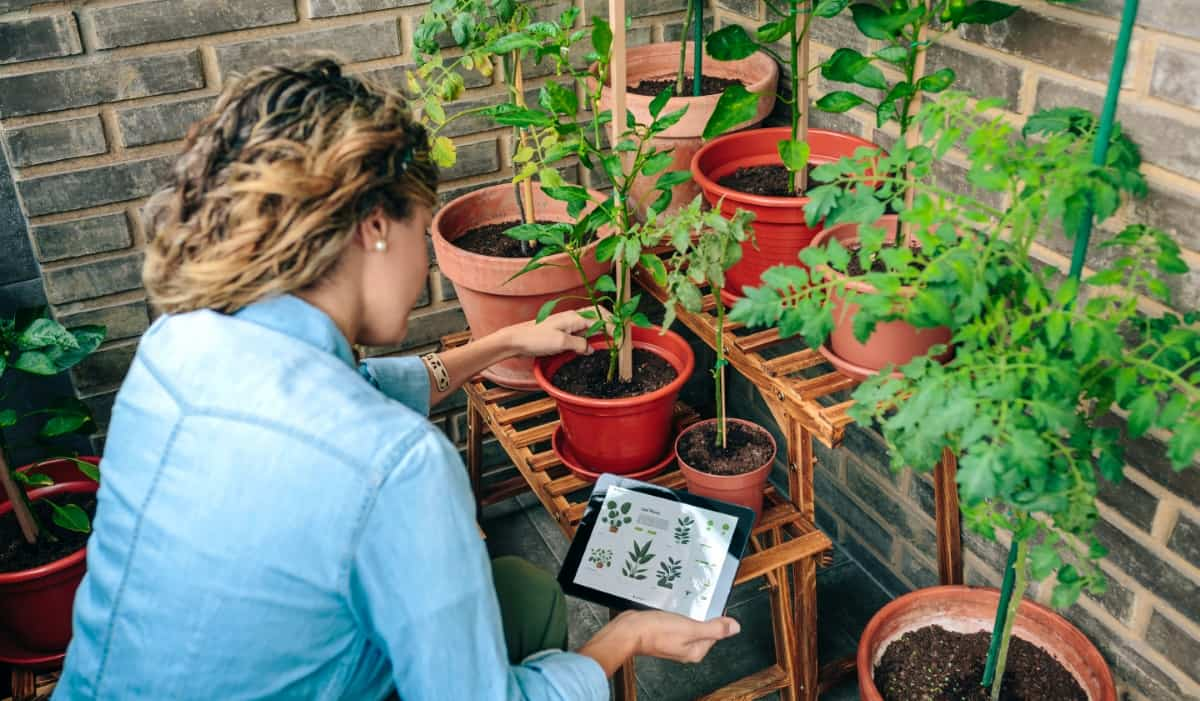Terrace gardening, an innovative and efficient method of urban agriculture, has gained significant popularity, especially for growing vegetables on terrace spaces. This approach not only beautifies living spaces but also contributes to a sustainable environment, offering numerous benefits of terrace gardening.

However, like any gardening venture, it comes with its challenges, such as understanding the terrace garden setup cost, addressing the disadvantages of terrace gardening, and devising effective terrace gardening ideas for the home. For beginners, understanding what is terrace gardening and how to navigate through a terrace garden project report is crucial.
How to Increase Yield in Terrace Gardens
Understanding Your Terrace Garden’s Microclimate
Recognizing the microclimate of your terrace garden is a cornerstone for successful gardening. Different areas on your terrace might receive varying amounts of sunlight, wind, and shade, affecting plant growth. Note wind patterns, as strong winds can dry out plants quickly. If you’re in a high-rise, the wind could be stronger and more frequent.
Recognize these unique conditions to make informed decisions about plant placement and care. A sheltered area might be ideal for herbs, while sun-loving vegetables can thrive in brighter spots. Adjusting to your terrace’s microclimate is a vital step in maximizing your garden’s potential.
Selecting the Right Plants for Your Terrace Garden
Choosing plants that are well-suited to your terrace’s conditions is key to achieving a bountiful harvest. Consider the climate, amount of sunlight, and space constraints when selecting plants. In gardening, it’s crucial to match plant choices with their sunlight preferences. For instance, leafy greens like spinach and lettuce flourish in shaded spots, while sun-loving plants like tomatoes and peppers thrive in sunny areas.
If you’re a novice gardener, start with low-maintenance plants suitable for your local climate and available space. Additionally, be mindful of the growth patterns of your chosen plants, as some may require more space or grow taller, potentially affecting sunlight access for neighboring plants. Thoughtful plant selection is key to a successful and productive terrace garden.
Optimizing Soil Health and Fertility
For terrace gardens, using a high-quality potting mix is essential as it provides good drainage and nutrient content. Regularly test your soil to understand its nutrient levels and pH balance. Enhance your soil’s fertility and structure by incorporating organic matter such as compost. Additionally, using mulch helps retain moisture and prevent weed growth.
In case you missed it: Terrace Landscaping Ideas: A Step-By-Step Guide for Beginners

Remember, over-fertilizing can harm your plants, so it’s important to follow recommended guidelines for each type of plant. Balancing soil health is a continuous process, but it pays off with healthier plants and better yields.
Implementing Efficient Irrigation Systems
Efficient water management is crucial in terrace gardening due to limited soil depth and higher exposure to sun and wind. Drip irrigation and soaker hoses are optimal choices because they direct water straight to the plant roots, reducing both evaporation and water wastage. If these options aren’t practical, using watering cans or hosepipes with a shower attachment can be effective.
Timing-wise, it’s crucial to water your plants during the morning or evening to minimize water loss caused by evaporation. Also, adjust your watering schedule based on weather conditions; plants need more water on hot, sunny days and less on cooler, cloudy days. Regularly check the soil moisture and avoid overwatering, as it can lead to root rot.
Utilizing Vertical Gardening Techniques
Vertical gardening is a space-saving technique perfect for terrace gardens. It involves growing plants upwards using trellises, racks, or hanging pots. This method not only saves floor space but also can create microclimates and shield your plants from excessive wind and sun. Climbing plants like beans, cucumbers, and certain types of squash are well-suited for vertical gardening. This approach not only maximizes space but can also add an aesthetic appeal to your terrace garden.
Maximizing Sunlight Exposure
Sunlight is a critical factor in plant growth, especially for fruiting vegetables. Observe the patterns of sunlight on your terrace and position plants accordingly. Employ reflective surfaces such as mirrors or white walls to enhance natural light in shaded spaces. If certain areas are perpetually shaded, consider growing shade-tolerant plants in those spots. Rotating plants regularly can also ensure that they receive even sunlight exposure, leading to balanced growth and better yields.
Composting and Organic Waste Management
Set up a small compost bin on your terrace to convert organic waste like vegetable peels, fruit scraps, and coffee grounds into compost. This practice not only reduces waste but also provides your plants with essential nutrients. Use the compost as a top dressing or mix it with the potting soil to improve soil fertility. Remember, balanced composting is key; too much can harm the plants.
In case you missed it: How to Use Neem Oil on Terrace Garden Plants: Natural Way to Kill Pests in the Terrace Gardens

Integrating Companion Planting Strategies
Companion planting involves growing certain plants together that benefit each other. This strategy can improve plant health and increase yields. For example, growing marigolds among vegetables can help repel pests, while planting basil near tomatoes can enhance their growth and flavor. Research which plants are compatible and plan your garden layout accordingly. Companion planting not only maximizes space but also promotes biodiversity, which is beneficial for the overall health of your terrace garden.
Managing Pests and Diseases Sustainably
Minimize the use of chemical pesticides by choosing organic alternatives such as neem oil or homemade insecticidal soaps. Conduct routine plant inspections for pest and disease indicators and promptly address any issues. Employ preventative measures such as crop rotation and the removal of diseased leaves to curb the proliferation of pests and diseases.
Pruning and Training Techniques for Maximum Yield
Pruning and training plants can significantly impact their yield. For vining plants, use trellises or stakes to support their growth and increase air circulation. Training plants not only keeps your terrace garden organized but also ensures that each plant gets adequate sunlight and air. Timely pruning and training can lead to healthier plants and higher yields.
Utilizing Season Extension Methods
To prolong your cultivation period and safeguard plants from harsh weather conditions, contemplate the utilization of cloches, greenhouses, or shade cloths. These can provide a controlled environment for your plants, shielding them from intense heat, cold, or excessive rain. By extending the growing season, you can enjoy a longer harvest period and even grow certain crops beyond their usual season.
In case you missed it: The Best Fertilizer for Terrace Plants: When and How to Apply

Conclusion
Transforming your terrace into a bountiful garden is a rewarding journey that combines creativity, sustainability, and practicality. By understanding your garden’s microclimate, selecting appropriate plants, optimizing soil health, and implementing efficient irrigation systems, you can create a thriving green space. Vertical gardening, maximizing sunlight exposure, and composting further enhance your garden’s productivity.
- Feed Your Flock for Less: Top 10 Tips to Save on Chicken Feed
- Ultimate Guide to Ossabaw Island Hog: Breeding, Raising, Diet, and Care
- Hatching Answers: The Top 10 Reasons Your Chickens Aren’t Laying Eggs
- Eggs and Economics: Breaking Down the Cost of Raising Backyard Chickens
- Defend Your Greens: Proven Methods to Keep Iguanas Out of Your Garden
- Ultimate Guide to Cinnamon Queen Chicken: A Comprehensive Guide for Beginners
- Ultimate Guide to California Tan Chicken: Breeding, Raising, Diet, Egg-Production and Care
- Ultimate Guide to Marsh Daisy Chicken: Breeding, Raising, Diet, and Care
- 10 Types of Chicken Farming Businesses You Can Start for Profits